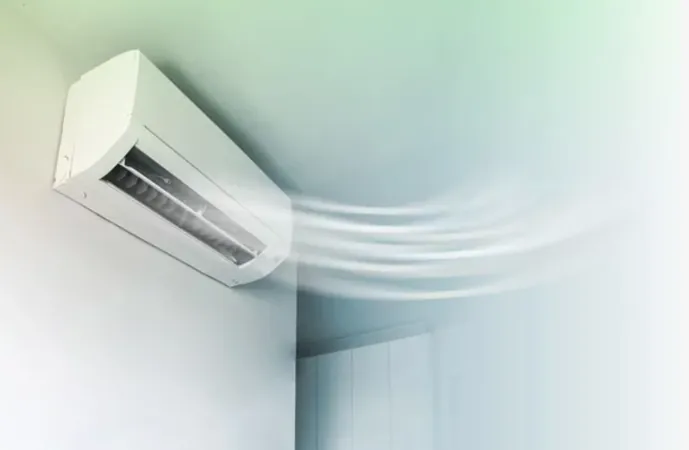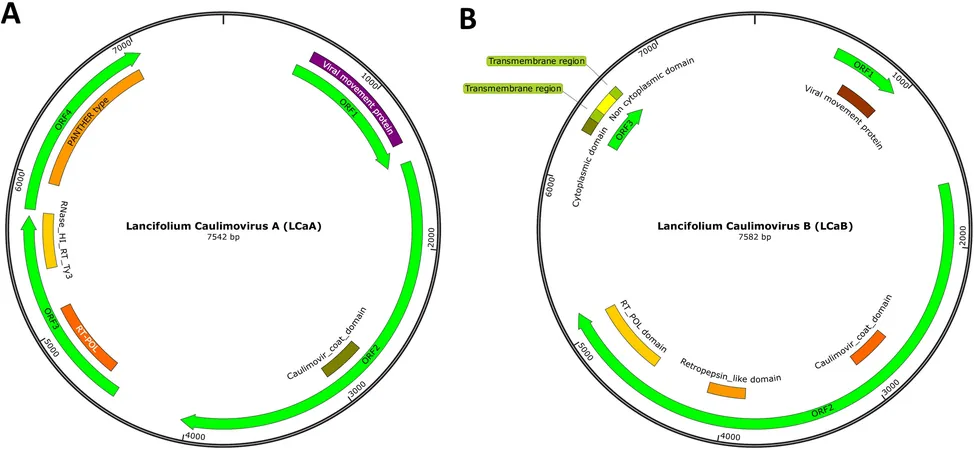
Shocking Link Between Air Conditioning and Severe Allergic Rhinitis in Kids Revealed!
2025-01-24
Author: Siti
A groundbreaking study conducted by researchers in China has unveiled a startling connection between the worsening of allergic rhinitis symptoms in children when exposed to air conditioning and the potential severity of their condition.
In a comprehensive study led by Yinhui Zeng at the Guangzhou Women and Children’s Medical Center, it was found that children and adolescents between the ages of 3 and 18 who suffer from allergic rhinitis and experience aggravated symptoms in air-conditioned spaces are at a higher risk of having a more severe form of the condition.
The research involved 1,054 participants, predominantly male (68.1%), all diagnosed with allergic rhinitis based on established guidelines and tests. Allergogenic triggers among these children included common culprits like house dust mites, cockroaches, and various pollens. Notably, children with asthma, mental disorders, or other skin conditions were excluded from the investigation.
The findings were eye-opening! The categorization of allergic rhinitis severity revealed that 48.7% of the children suffered from moderate-to-severe persistent allergic rhinitis. Symptoms were carefully assessed using a standard scoring system quantifying the severity of nasal congestion, sneezing, and other related symptoms.
Interestingly, while demographic factors like age, gender, and lifestyle habits appeared consistent across severity groups, a multivariate regression analysis pointed to a concerning trend. Children classified with moderate-to-severe persistent allergic rhinitis were significantly more likely to experience symptom exacerbation while using air conditioners.
Incredibly, a notable proportion of these affected children had a family history of allergic conditions, suggesting a genetic predisposition intertwined with environmental factors.
The study raises crucial questions about how our living conditions, such as air conditioning use, may interact with allergies. The researchers observed that many families in southern China, where dust mites are prevalent, might inadvertently be causing their children more harm by exposing them to higher concentrations of these allergens when using air conditioning.
The investigators warned that the exacerbation of symptoms in children who use air conditioning should not be dismissed. They urge parents and healthcare providers to monitor these cases closely, as worsening symptoms may indicate a higher initial severity of allergic rhinitis, which could lead to more robust medical intervention.
As allergies continue to plague numerous individuals worldwide, understanding their triggers and the environmental factors at play could be key to managing and potentially alleviating these conditions in children. Stay tuned for more insights into how our indoor environments affect allergic outcomes – you may be surprised by what you learn!




 Brasil (PT)
Brasil (PT)
 Canada (EN)
Canada (EN)
 Chile (ES)
Chile (ES)
 Česko (CS)
Česko (CS)
 대한민국 (KO)
대한민국 (KO)
 España (ES)
España (ES)
 France (FR)
France (FR)
 Hong Kong (EN)
Hong Kong (EN)
 Italia (IT)
Italia (IT)
 日本 (JA)
日本 (JA)
 Magyarország (HU)
Magyarország (HU)
 Norge (NO)
Norge (NO)
 Polska (PL)
Polska (PL)
 Schweiz (DE)
Schweiz (DE)
 Singapore (EN)
Singapore (EN)
 Sverige (SV)
Sverige (SV)
 Suomi (FI)
Suomi (FI)
 Türkiye (TR)
Türkiye (TR)
 الإمارات العربية المتحدة (AR)
الإمارات العربية المتحدة (AR)